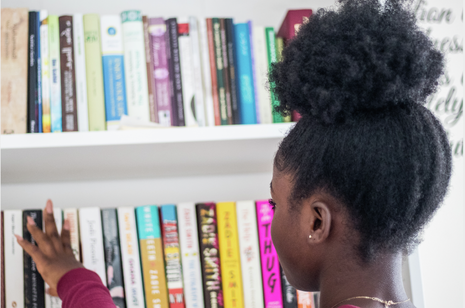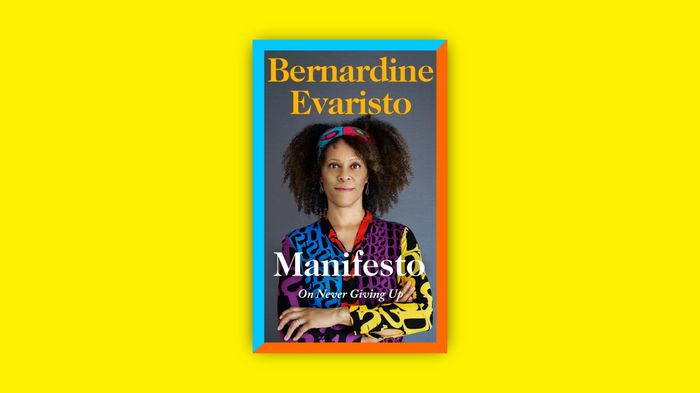Exploring representation and accessibility in children’s literature
Amelia Platt writes about the importance of seeing yourself, and a multitude of identities, at the forefront of children’s literature

For some of you, these four words might conjure memories of bedtime stories. One of my favourite stories was Rapunzel: A Groovy 1970s Tale. In this retelling, Rapunzel doesn’t marry a prince, but instead joins a band! Looking back now, I see why this story resonated so much; it was refreshingly different and presented an alternative to the countless stories that ended with the princesses getting married. Unconsciously, I connected to this story because I felt represented.
“Refusing some children this representation is hugely damaging — a form of cultural ostracism”
‘Representation’ is a complex term that covers a wide range of issues, and therefore, it can be difficult to define. Ultimately, it is a term that will provoke different interpretations from person to person, based on their own individual experiences. It can be useful to think about the personal, everyday experiences of representation which still have a significant impact. A menu catering to your dietary needs. A teacher pronouncing your name correctly. Individuals using inclusive language. These examples might not even be things we necessarily notice all the time, but to those directly concerned it can be greatly significant.
The issue of representation in literature, especially in children’s books is a pressing one. A CLPE report, featured in the Guardian, found that shockingly children’s books are eight times as likely to feature animal main characters as they are BAME individuals. A lack of representation in literature affects all children. Seeing yourself reflected in the text imbues you with self-confidence. There is the sense that someone out there has recognised and shared in your experience. Refusing some children this representation is hugely damaging — a form of cultural ostracism. These books are being introduced to children at a formative age when their understanding of society is rudimental, and still being shaped. Ultimately, a lack of representation in literature will affect all children, limiting their understanding of the world around them.
Diverse reading can help to enshrine the idea of equality from an early age. From personal experience, growing up in rural Norfolk (a county where around 97% of the population is white), reading became an important way to widen my horizons; a book is a perfect way to introduce children to complex issues in a sensitive way. Further, representation in reading also helps to actively encourage more thoughtful readers. When we read a book, we are encouraged to see the world from the perspective of another, to feel empathy for them and their experiences. We’re not appropriating the experience, but trying to understand it. Ensuring then that children’s literature is representative, is an important step towards creating a more inclusive society.
In terms of increasing representation, our role as readers is crucial. The publishing industry is ultimately a profit-based one. If we readers (and in effect consumers) want change, then we must put our money where our mouth is and champion authors and books which encourage representation. In my lifetime, I’ve seen a considerable difference in the scope of the books available to me and those available to my younger siblings. Encouragingly, the winners of the Waterstones’ Children Book Award 2021 were Elle McNicoll’s A Bright Spark (which featured a female autistic protagonist) and Darren Charlton’s Wranglestone (an LGBTQ+ romance set in a post-apocalyptic world). Publishers and booksellers are finally catching on to the fact that children and young people want to read widely.
Of course, we need to be careful not to simplify this complex issue. Recently, many magazines have been publishing lists of the top ‘diverse’ children’s literature. Could this arguably be a form of shallow diversity, or performativity? This label can also pigeonhole writers. Their whole identity and work can become dominated by one thing. The Writing the Future report found that the “best chance of publication” for a BAME writer was to write literary fiction that conformed to stereotypical views of their communities.
Many folk believe that we are living in a golden age of children’s literature. Huge numbers of talented authors are producing exciting, diverse, funny, challenging, & engaging stories, for tots to teens. Please @asda, could you look at stocking a slightly broader range than this? pic.twitter.com/Klf3b8kHvu
- Laura (@272BookFaith) November 3, 2021
The author Bernadine Evaristo has argued that in recent years, “we have seen a return to the literary invisibility of the past, concealed by a deceptive tokenism.” It is vital, then, to really interrogate the term ‘representation.’ Furthermore, the experience of the bedtime story is not an experience everyone gets. Children from materially deprived backgrounds are going to be much less likely to be able to access books, and thus not only do we need to ensure that all voices are represented in children’s literature, but that all children can access these books.
I’m not proposing that bedtime stories are going to solve the world’s problems overnight, or that they ever will! However, greater value does need to be attached to them. These stories are often one of the first ways children will engage with the outside world. We need to be committed therefore to ensuring that they get a representative depiction and that they don’t just hear the same voices. The goal? That every child can look at a bookshelf and see themselves reflected. If we can achieve that, I honestly believe our society will be a happier and more cohesive place.
Where to start:
Knights Of – a children’s publishing company specialising in publishing inclusive children’s books. Visit their bookshop Round Table Books in Brixton.
Penguin’s Lit in Colour – a campaign run by Penguin and The Runnymede Trust to make the teaching and learning of English literature more inclusive.
Maja’s Education Project – an organisation that sends out free books to those who want to learn about Black history but cannot afford to. Check out their online bookshop with profits used to support their campaign.
 News / Cambridge academics stand out in King’s 2026 Honours List2 January 2026
News / Cambridge academics stand out in King’s 2026 Honours List2 January 2026 Interviews / You don’t need to peak at Cambridge, says Robin Harding31 December 2025
Interviews / You don’t need to peak at Cambridge, says Robin Harding31 December 2025 Comment / What happened to men at Cambridge?31 December 2025
Comment / What happened to men at Cambridge?31 December 2025 News / Varsity’s biggest stories of 202531 December 2025
News / Varsity’s biggest stories of 202531 December 2025 Features / “It’s a momentary expression of rage”: reforming democracy from Cambridge4 January 2026
Features / “It’s a momentary expression of rage”: reforming democracy from Cambridge4 January 2026










